MARKET OVERVIEW
The global load bank market and industry will remain a vital part of power testing, commissioning, and maintenance procedures in the majority of applications. Load banks are application-specific apparatus that will mimic electric loads, enabling engineers and operators to perform the functionality of generators, turbines, batteries, and other power systems without being connected to their end-use operational load. In the coming years, this market will have a key function to maintain power systems working effectively, securely, and as per changing technical specifications.
This market won't be limited to a particular sector but will be applicable in those sectors where there is an urgent need for uninterrupted power, including data centers, hospitals, factories, maritime activities, and military bases. With complexity mounting in infrastructure development, the need for precise and credible load testing solutions will grow. The global load bank market will no longer be an equipment supply business; it will be a design, customized, and integrated systems business catering to the rising complexities faced by end customers.
Technically, load banks will continue to be developed in various configurations such as resistive, reactive, and mixed loads, each of which will have designated test functions. The equipment will enable operators to develop electrical currents slowly, observe the response of systems, and also detect faults prior to using them in actual applications. Such precautions will prevent expensive downtime and equipment destruction, especially in mission-critical installations. While power system sizes and complexities increase, the technology will focus more on module-based and portable solutions that can easily be installed for in-situ testing.
Apart from product innovation, the market will be moving towards service-based products. Load bank rental services will be more attractive to companies that need testing capacities project-by-project without the burden of owning equipment for extensive periods. This service factor will allow the market to extend to more, as it will provide flexibility to industries with constrained budgets or irregular testing cycles.
Geographically, the global load bank market will be driven by developed and emerging economies. Developed markets will continue to call for high-end test systems in high-power generation power plants and large infrastructure, while emerging countries will look for economical solutions to enable them to keep up with their growing energy infrastructure. This geographic segmentation will define the manner in which manufacturers and service companies construct product portfolios to align with evolving market scenarios.
In the days to come, the future direction of the market will be determined by its capacity to remain aligned with evolving needs of global power infrastructure. The attention will not just be directed towards the physical creation of load banks but also towards the integration of high-end monitoring and control systems, which will facilitate analysis of the models at the time and place of occurrence during test protocols. The injection of technology will revolutionize the way testing is conducted, with it becoming more efficient, reliable, and accessible.
In the long term, the global load bank market will be the pillar of guaranteeing the reliability of power systems in a world that will heavily rely on uninterrupted, high-quality supply of electricity. Its future will be shaped by innovation, flexibility, and continued commitment to protecting the performance of main energy infrastructure.
Global load bank market is estimated to reach $71,055.80 Million by 2032; growing at a CAGR of 16.8% from 2025 to 2032.
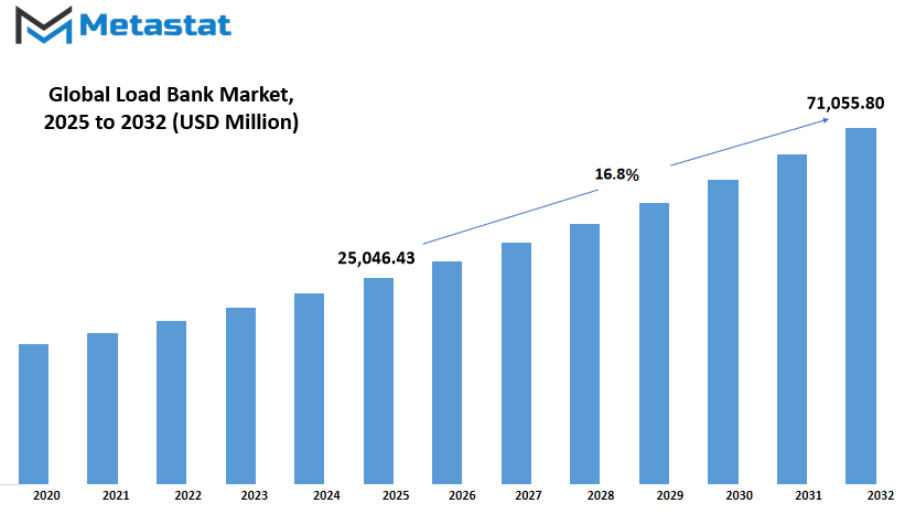
GROWTH FACTORS
The global load bank market is gaining attention as businesses and institutions place greater emphasis on ensuring reliable power supply. In a world where data and continuous operations are vital, facilities like data centers and hospitals cannot afford unexpected power failures. Load banks play an important role by allowing these facilities to test backup power systems under controlled conditions. This ensures that generators and other backup systems will perform efficiently during real emergencies. As demand for uninterrupted operations grows, more organizations are investing in these testing solutions to safeguard their operations.
One of the main forces pushing the global load bank market forward is the rise in generator installations across both industrial and commercial sectors. Factories, manufacturing plants, shopping complexes, and high-rise offices increasingly depend on standby power systems to avoid downtime. This growing generator usage naturally increases the need for regular load testing, making load banks a necessary tool. The trend is likely to strengthen further as businesses continue expanding into locations with unstable power grids.
While the benefits of load banks are clear, there are challenges that slow market growth. Large-capacity load banks can be costly to purchase and require regular upkeep. For smaller companies or organizations with limited budgets, these costs can be a significant hurdle. Additionally, in many developing regions, there is still limited awareness about the importance of load testing. Without proper understanding of the role load banks play, adoption in these areas will remain slower than in developed markets.
Despite these challenges, the future holds promising opportunities. The increasing shift toward renewable energy systems, such as solar and wind power, is creating new needs for periodic load testing. Renewable power sources can be unpredictable, and load banks can help test and stabilize the grid when energy production fluctuates. As more countries work toward cleaner energy targets, the need for reliable grid stability will encourage broader adoption of load banks.
Over the next few years, the global load bank market will likely see technological improvements that make equipment more efficient, portable, and easier to maintain. These advancements could help lower costs and encourage wider usage. Education campaigns and partnerships in developing regions could also raise awareness about the benefits of load testing, paving the way for stronger global adoption. If these positive changes align with growing energy demands and the push for more reliable power infrastructure, the market will be well-positioned for steady and long-term growth.
MARKET SEGMENTATION
By Type
The global load bank market is expected to grow steadily in the coming years as industries continue to prioritize reliable power systems and efficient energy management. Load banks are essential tools for testing and maintaining power equipment such as generators, turbines, and uninterruptible power supplies. They help ensure that these systems work effectively under real operating conditions. This testing process reduces the risk of power failures, which is especially important for facilities where continuous electricity supply is critical, such as hospitals, data centers, and manufacturing plants.
The market, by type, is further segmented into resistive, reactive, and resistive/reactive load banks. Resistive load banks simulate a real electrical load by converting electrical energy into heat, which is then dissipated. They are commonly used for testing the capacity and efficiency of power sources. Reactive load banks, on the other hand, test equipment that needs to handle inductive or capacitive loads, helping measure performance in situations where the power factor is less than one. The resistive/reactive type offers the combined functions of both, making them more versatile and suitable for complex power systems. This segmentation allows industries to select the most appropriate type based on their specific needs.
From a futuristic perspective, the global load bank market will likely see strong demand driven by the increasing reliance on renewable energy and advanced power systems. As solar, wind, and other renewable energy sources become more widespread, load banks will be important for integrating these variable energy supplies into stable and dependable grids. Their role will also expand in testing battery storage systems and microgrids, which are expected to play a larger role in both urban and remote locations.
The move toward smart cities and the growing use of digital infrastructure will further boost the need for regular power system testing. With more devices, services, and facilities depending on uninterrupted power, load banks will help ensure smooth operations. Additionally, as technology advances, load banks themselves will become more efficient, portable, and equipped with better monitoring features. Remote testing capabilities will likely be more common, reducing downtime and costs for operators.
Overall, the future of the global load bank market will be shaped by rising energy demands, ongoing infrastructure development, and the shift toward cleaner and smarter power systems. The combination of technological improvement and the growing need for reliable power will ensure that load banks remain a crucial part of industrial and commercial operations worldwide.
By Application
The global load bank market is expected to see steady growth in the coming years as industries and governments continue to focus on improving power reliability and efficiency. Load banks are essential for testing, verifying, and maintaining electrical systems, ensuring that power sources perform as expected under different conditions. As the demand for uninterrupted power supply grows, the use of load banks will become more widespread across different sectors.
By application, the market is divided into power generation, government and military, maritime and shipyards, oil, gas and nuclear, data centres, industrial, and others. In the power generation sector, load banks are used to test generators and backup systems, ensuring they can handle sudden demand or operate during power outages. With the growing shift toward renewable energy, such as wind and solar, load banks will play a larger role in ensuring these sources integrate smoothly with the grid.
In government and military applications, reliability is a top priority. Military bases, command centres, and other critical facilities require dependable backup systems that can be tested regularly without risking actual downtime. This will drive more investment in advanced load bank solutions capable of simulating complex power demands.
For the maritime and shipyard industry, load banks are necessary for testing engines and electrical systems in ships before they go into operation. As more vessels adopt electric and hybrid propulsion, there will be a greater need for precise and efficient load testing systems.
In oil, gas, and nuclear sectors, the stakes are high because any power failure can disrupt operations, cause safety hazards, and result in financial losses. Load banks help maintain operational readiness by simulating heavy usage, ensuring all systems are prepared for real-world conditions.
Data centres are another growing area, driven by the expansion of cloud computing and digital services. As these facilities store and process huge amounts of information, even brief power interruptions can cause major problems. Load banks will continue to be a vital tool in testing backup generators and UPS systems to maintain seamless operation.
Industrial applications range from manufacturing plants to research facilities, where constant power is required for productivity and safety. In the coming years, as automation and advanced machinery become more common, the need for effective power testing will increase.
Looking ahead, the market will benefit from advances in digital monitoring, remote testing capabilities, and portable load bank designs. These improvements will make it easier for operators to ensure their power systems are always ready, supporting the growth of the global load bank market across every application sector.
|
Forecast Period |
2025-2032 |
|
Market Size in 2025 |
$25,046.43 million |
|
Market Size by 2032 |
$71,055.80 Million |
|
Growth Rate from 2025 to 2032 |
16.8% |
|
Base Year |
2024 |
|
Regions Covered |
North America, Europe, Asia-Pacific Green, South America, Middle East & Africa |
REGIONAL ANALYSIS
The global load bank market is expected to see steady growth in the coming years, driven by technological advancements, expanding industrial infrastructure, and increasing reliance on backup power systems. Load banks play a crucial role in testing, maintaining, and ensuring the reliability of power sources such as generators, uninterruptible power supplies, and renewable energy systems. As industries continue to modernize and demand for uninterrupted electricity grows, the importance of efficient testing equipment will become even greater.
Based on geography, the global load bank market is divided into North America, Europe, Asia-Pacific, South America, and the Middle East & Africa. North America is further segmented into the U.S., Canada, and Mexico. The region benefits from mature industrial sectors, strict compliance regulations, and a high rate of adoption for advanced testing solutions. Europe, which includes the UK, Germany, France, Italy, and the Rest of Europe, has a strong focus on renewable energy integration, leading to a growing need for load banks to ensure grid stability and performance.
Asia-Pacific, covering India, China, Japan, South Korea, and the Rest of Asia-Pacific, is expected to be one of the fastest-growing regions. Rapid industrialization, expanding data center networks, and large-scale energy projects are fueling demand. The shift toward smart grids and the rise of electric vehicle infrastructure are also encouraging investments in more sophisticated testing solutions. South America, with Brazil, Argentina, and the Rest of South America, is seeing gradual growth as power infrastructure upgrades become a priority, particularly in emerging economies.
The Middle East & Africa, categorized into GCC Countries, Egypt, South Africa, and the Rest of Middle East & Africa, presents opportunities due to large-scale construction projects, increasing energy production, and the adoption of renewable energy sources. Many countries in this region are focusing on diversifying their energy mix, which will drive the need for precise load testing systems.
Looking ahead, the global load bank market will benefit from the ongoing shift toward cleaner energy and smarter infrastructure. With growing investments in automation and remote monitoring capabilities, future load banks are expected to be more efficient, versatile, and connected. As industries seek ways to minimize downtime and improve operational reliability, the role of these devices will extend beyond traditional applications, becoming an essential part of modern power management strategies.
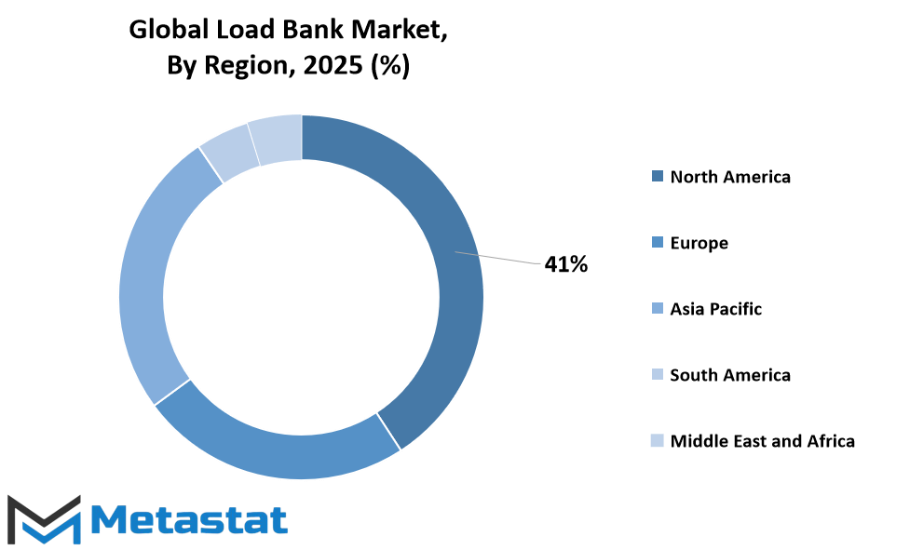
COMPETITIVE PLAYERS
The global load bank market will continue to be shaped by growing demands for reliable power testing solutions across multiple industries. As energy systems become more advanced and critical infrastructure relies increasingly on uninterrupted performance, the importance of accurate load testing will rise. Load banks, which simulate electrical loads to test generators, turbines, and backup systems, will remain essential for ensuring operational safety and performance. This growing necessity will push manufacturers and service providers to innovate, improve efficiency, and meet the needs of diverse sectors such as data centers, healthcare, manufacturing, and renewable energy facilities.
Several competitive players are already positioning themselves to capture future opportunities. Companies such as Northbridge (Crestchic), CHROMALOX, Metal Deploye Resistor, MS Resistances, and Coudoint have built strong reputations for delivering high-quality equipment that meets rigorous industry standards. Others, including Hillstone, MCM Engineering, Simplex, Inc., Crestchic Limited, Sephco Smartload Banks, Avtron Power Solution, and Mosebach Manufacturing Company, are focusing on specialized solutions that cater to both large-scale industrial projects and smaller, precision-based applications. This diversity of offerings will give customers a wider range of options while encouraging companies to differentiate themselves through innovation and service.
In the coming years, the competitive environment will likely intensify as new technologies are adopted. Digital monitoring systems, remote control capabilities, and energy-efficient designs will become standard features in many load banks. Players who invest in smart solutions that allow for real-time diagnostics and predictive maintenance will be well-positioned to gain market share. Furthermore, with the global shift toward sustainable energy, there will be a growing demand for load banks that can work seamlessly with renewable power sources and hybrid systems. This will require manufacturers to adapt their designs and integrate features that align with cleaner, more flexible power grids.
The expansion of critical infrastructure, particularly in developing regions, will also create opportunities for established and emerging competitors alike. Companies that can provide rapid deployment, tailored configurations, and robust after-sales support will have a strong advantage. Additionally, partnerships between manufacturers and service providers will likely increase, allowing for broader market coverage and more comprehensive solutions for clients.
Overall, the future of the global load bank market will be defined by technological advancement, strategic collaborations, and the ability of competitive players to respond quickly to changing customer needs. Those who can combine reliability with forward-thinking innovation will stand out in a market that shows no sign of slowing down.
Load Bank Market Key Segments:
By Type
- Resistive
- Reactive
- Resistive/Reactive
By Application
- Power Generation
- Government/Military
- Maritime/Shipyards
- Oil
- Gas & Nuclear
- Data Centres
- Industrial
- Others
Key Global Load Bank Industry Players
- Northbridge (Crestchic)
- CHROMALOX
- Metal Deploye Resistor
- MS Resistances
- Coudoint
- Hillstone
- MCM Engineering, In
- Simplex, Inc.
- Crestchic Limited
- Sephco Smartload Banks
- Avtron Power Solution
- Mosebach Manufacturing Company
WHAT REPORT PROVIDES
- Full in-depth analysis of the parent Industry
- Important changes in market and its dynamics
- Segmentation details of the market
- Former, on-going, and projected market analysis in terms of volume and value
- Assessment of niche industry developments
- Market share analysis
- Key strategies of major players
- Emerging segments and regional growth potential




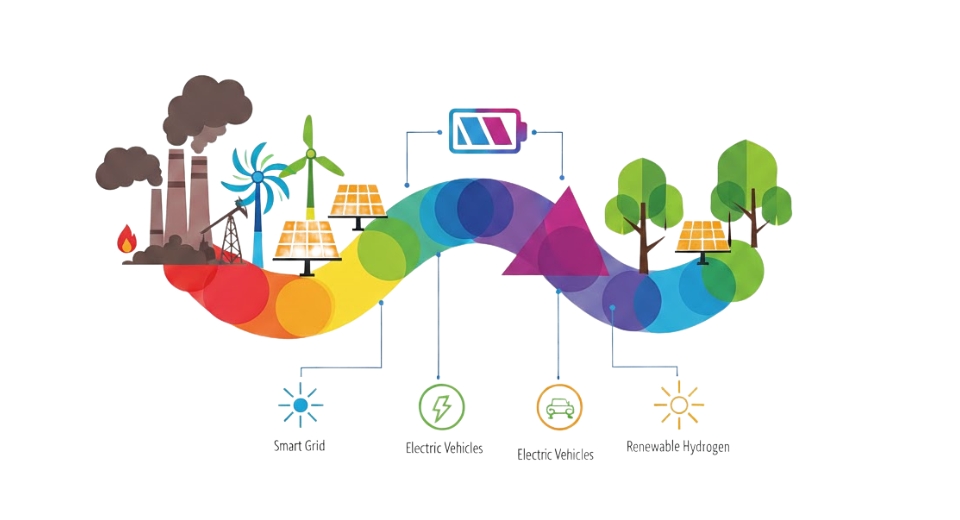
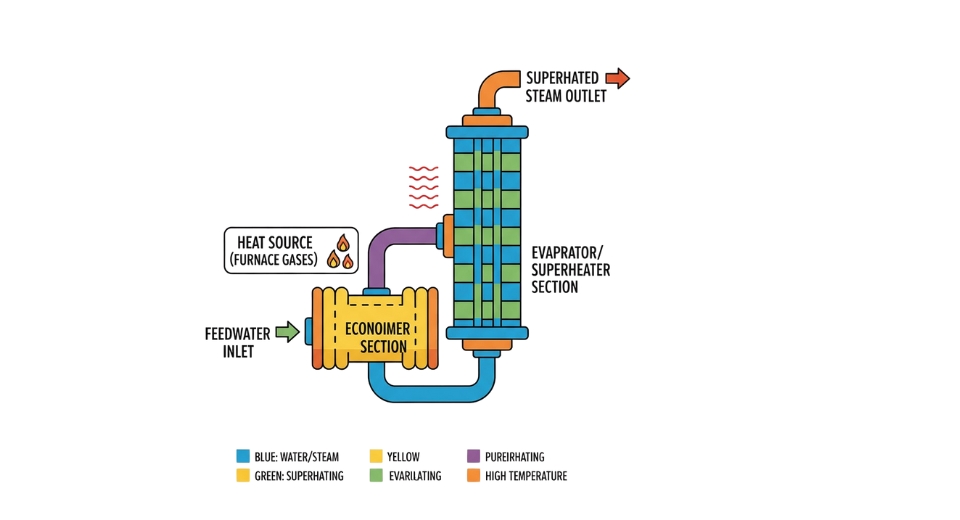
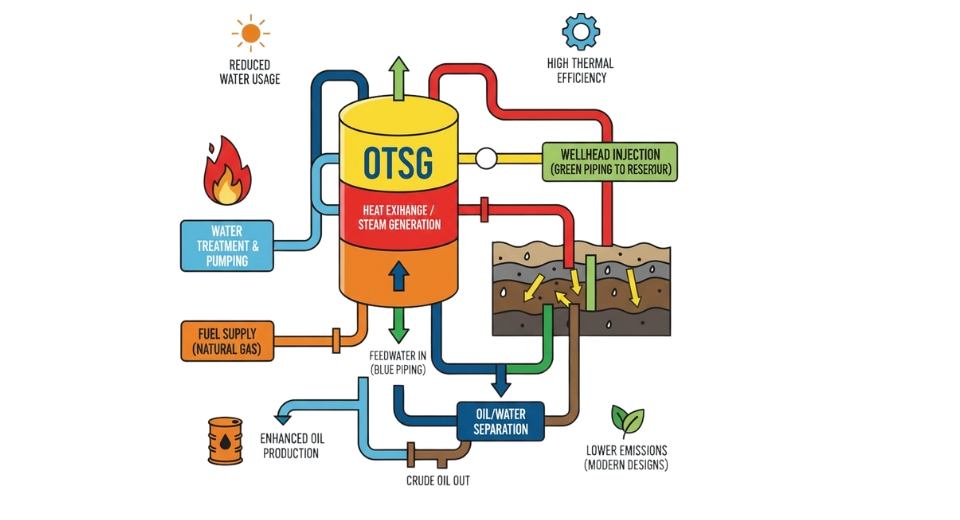

 US: +1 3023308252
US: +1 3023308252






